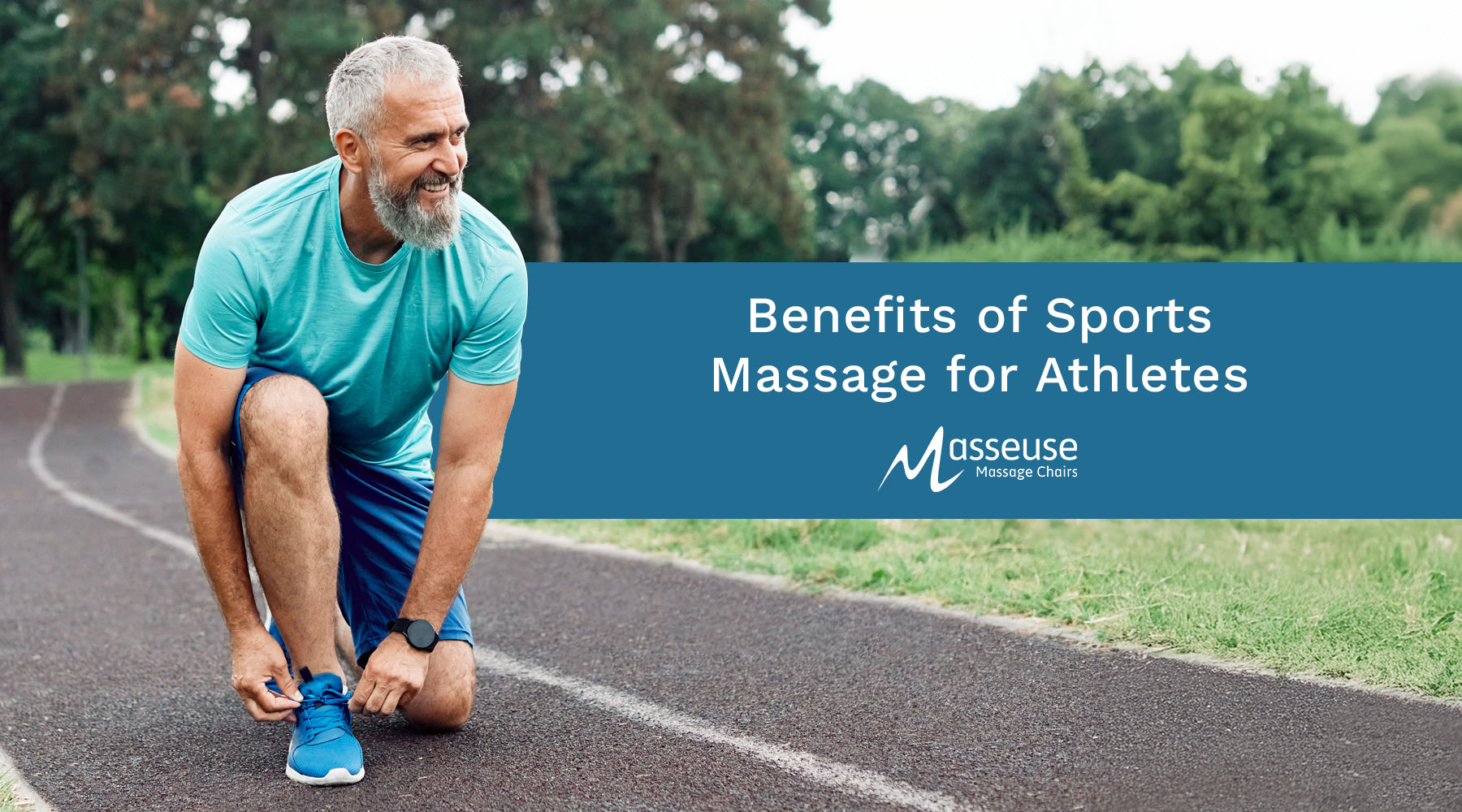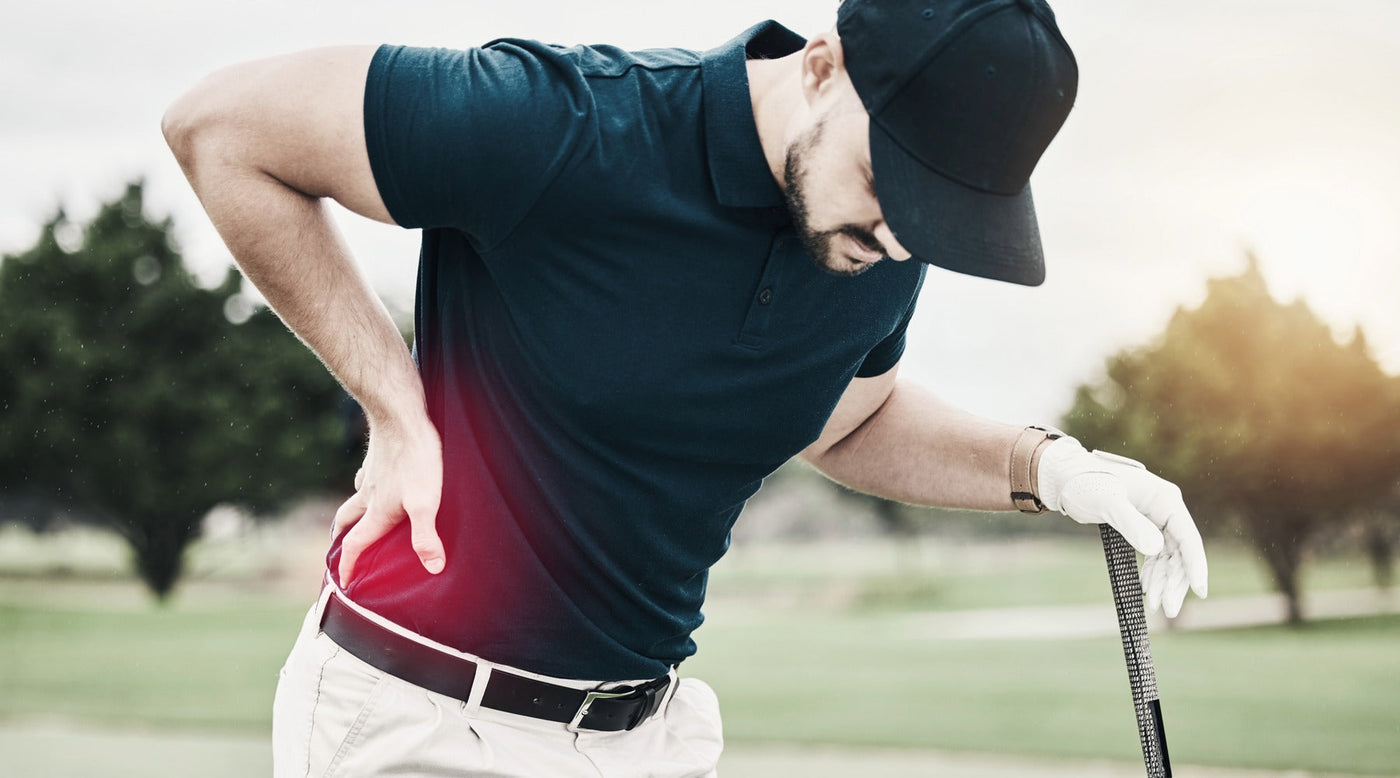
Massage for Sports Injuries: Techniques for Recovery
For athletes and active people, recovery is just as important as training. A body pushed to its limits requires attention to heal, adapt, and perform at its best. Sports injuries can set back progress, but effective recovery strategies help to restore movement, ease pain, and support long-term performance.
Sports injury massage therapy bridges the gap between clinical rehabilitation and everyday recovery, making it both a professional therapy and something people can experience at home with tools like massage chairs.
By combining hands-on techniques with modern technology, massage becomes more than a way to “relax sore muscles.” It’s a targeted, evidence-based approach to injury recovery that supports both the physical and psychological needs of active people.
Understanding Sports Injuries and Their Impact
Sports injuries vary in severity, but even mild ones can affect daily life and athletic performance. Muscle strains and sprains are among the most common, often resulting from overstretching or sudden force. Tendonitis and repetitive strain injuries (RSIs) develop gradually, caused by repeated movements such as swinging a racket or long hours of typing. Ligament injuries, such as medial collateral ligament (MCL) tears, can destabilise joints and take months to fully recover.
The impact of these injuries is not only physical. Pain and immobility often lead to frustration, anxiety, and loss of confidence in movement. If left untreated, injuries may worsen or heal improperly, increasing the risk of chronic pain or re-injury.
According to Sports Medicine Australia, inadequate recovery remains one of the leading contributors to ongoing musculoskeletal issues in athletes. This is where structured rehabilitation, supported by sports injury massage, becomes invaluable.
Common Causes of Sports Injuries
While some injuries result from accidents, many can be traced back to preventable factors:
-
Overtraining: pushing the body beyond its ability to recover.
-
Lack of stretching or warm-up: leaving muscles tight and vulnerable.
-
Poor technique: creating unnecessary stress on joints and tissues.
-
Fatigue: reducing coordination and reaction time.
-
Repetitive movements: leading to inflammation, tightness, and strain.
Each of these causes is closely linked to physical changes—muscle tightness, reduced circulation, restricted mobility, and joint strain—that massage can help address.
The Role of Massage Therapy in Sports Recovery
Massage therapy has long been integrated into sports medicine for its measurable effects on recovery. Research highlights how massage promotes circulation, delivering oxygen-rich blood to injured tissues while removing metabolic waste. This reduces inflammation, eases discomfort, and speeds up healing.
Massage also works to remodel scar tissue, improve flexibility, and relax surrounding muscles that often compensate during injury. The overall effect is twofold: it shortens downtime while also improving movement efficiency, reducing the risk of re-injury. For athletes, this means not just returning to play sooner, but returning stronger.
Massage Techniques for Sports Injury Recovery
Different massage methods target specific stages of recovery and types of injuries:
-
Deep Tissue Massage: penetrates muscle layers to release adhesions and scar tissue.
-
Trigger Point Therapy: relieves painful “knots” that restrict movement.
-
Myofascial Release: loosens connective tissue (fascia) to restore mobility.
-
Sports Massage (Pre/Post Event): prepares muscles for exertion or supports faster recovery.
-
Lymphatic Drainage: stimulates fluid movement to reduce swelling after acute injuries.
-
Cross-Friction Massage (Transverse Friction): a focused technique used on tendons and ligaments. It helps break down adhesions, stimulates new collagen production, and supports ligament repair, making it valuable for conditions such as tennis elbow or MCL injuries.
Evidence-Based Benefits of Massage in Injury Recovery
Evidence supports massage as more than a feel-good therapy. A systematic review conducted by the New Zealand Institute of Sport and Recreation Research found that massage reduces muscle soreness and enhances recovery of muscle function after exercise-induced damage.
Professional athletes often attest to its effectiveness. From AFL players receiving post-match massage to Olympic swimmers integrating it into daily recovery, the real-world impact is clear: massage makes the difference between struggling through injury and maintaining peak condition.
How Massage Complements Other Recovery Methods
Massage is most effective when part of a broader recovery strategy. It complements physiotherapy, targeted strength training, stretching, proper hydration, and rest. For example, while physiotherapy restores functional movement, massage relieves the pain and tightness that can make rehab exercises difficult.
Importantly, massage should not be seen as a replacement for medical care but as a supportive therapy that enhances outcomes. By reducing pain and improving circulation, it makes other recovery efforts more tolerable and effective.
Remedial Massage for Specific Sports Injuries
Different injuries respond best to tailored approaches:
-
Hamstring tears: Deep tissue and myofascial release techniques help reduce scar tissue and restore flexibility.
-
Rotator cuff issues: Trigger point therapy and cross-friction massage support healing of shoulder tendons.
-
Shin splints: Myofascial release and lymphatic drainage ease inflammation and improve blood flow.
-
Lower back strain: Massage relaxes tight muscles, reducing compensatory strain.
-
Repetitive strain injuries (RSIs): Repetitive strain injury massage improves tendon resilience in conditions like tennis elbow and carpal tunnel.
-
MCL injury (Medial Collateral Ligament): MCL injury massage reduces muscle tightness around the knee, aids circulation, and supports ligament healing, especially when used alongside physiotherapy.
Next Steps: Finding the Right Massage for Sports Recovery
Choosing the right type of massage depends on the nature of the injury. A professional remedial massage therapist will assess tissue condition, injury stage, and overall health before recommending a treatment plan. Typically, sessions may be scheduled weekly in the acute stage, then spaced out as recovery progresses.
At-home support can extend these benefits. Modern massage chairs, equipped with deep tissue programs, AirSpa ® massage for arms and legs, and soothing heat therapy, mimic professional techniques and provide ongoing relief between sessions. For athletes or active individuals, this consistent support reduces tightness, promotes circulation, and helps prevent minor niggles from developing into more serious injuries.
Frequently Asked Questions about Massage for Sports Injuries
When is it safe to start massage after an injury?
For acute injuries, it’s best to wait 48–72 hours to allow initial swelling to subside. Always consult with a physiotherapist or healthcare professional first.
Does massage really speed up healing?
Yes. By increasing circulation, reducing inflammation, and preventing scar tissue build-up, massage supports faster tissue repair and functional recovery.
Can massage help prevent future injuries?
Regular massage keeps muscles supple, joints mobile, and circulation healthy, lowering the likelihood of strains and overuse injuries.
Is massage safe for repetitive strain injuries (RSIs)?
Yes, particularly when combined with rest and ergonomic adjustments. Techniques like cross-friction massage are especially effective for tendon-based RSIs.
Can massage help with MCL injury recovery?
Massage supports ligament recovery by easing tightness, improving blood flow, and addressing scar tissue. It should always be combined with physiotherapy and medical guidance.
What is cross-friction massage and how does it help in sports recovery?
Cross-friction massage involves applying pressure perpendicular to the injured tendon or ligament fibres. This stimulates new collagen production, breaks down adhesions, and encourages proper tissue alignment, making it valuable for tendon and ligament healing.

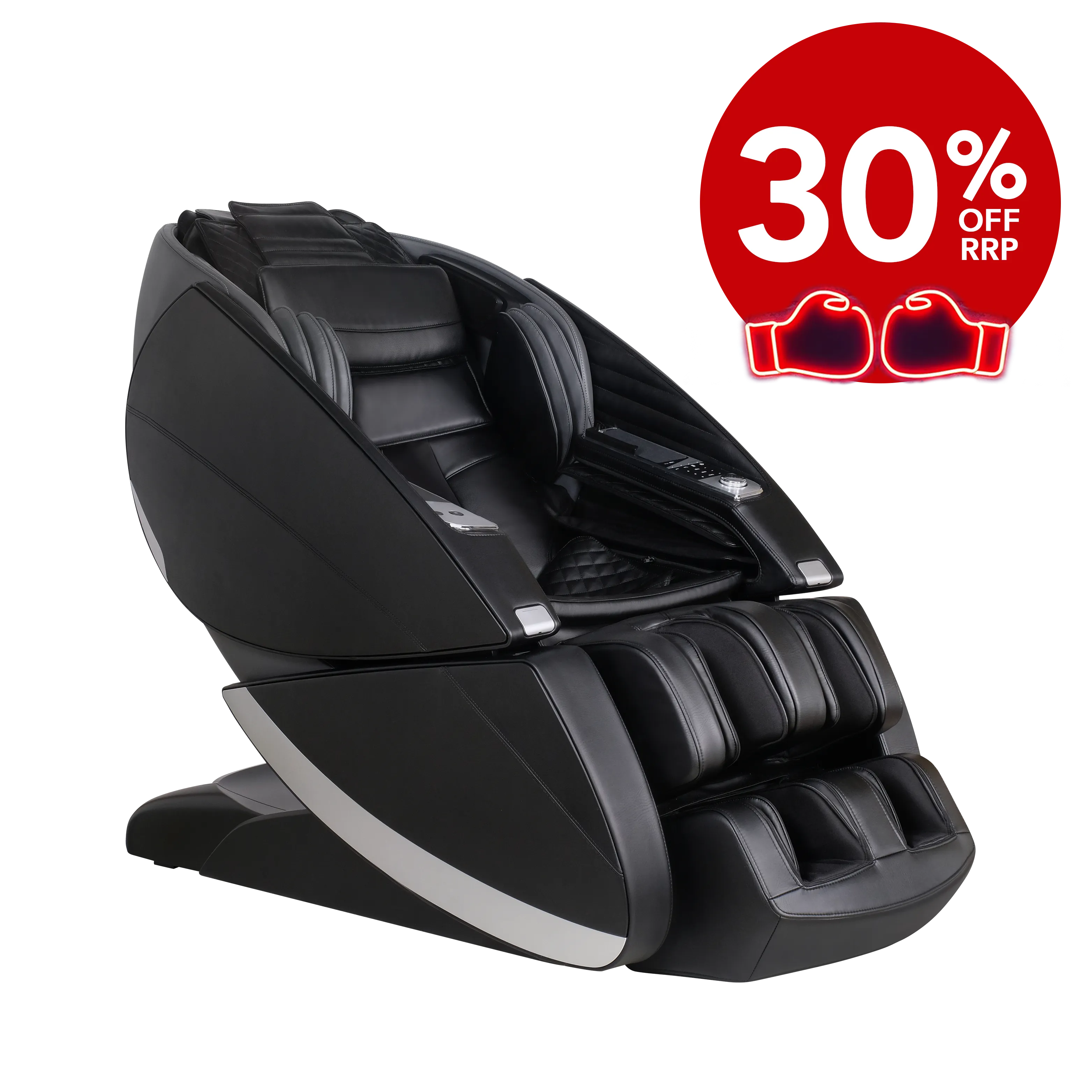
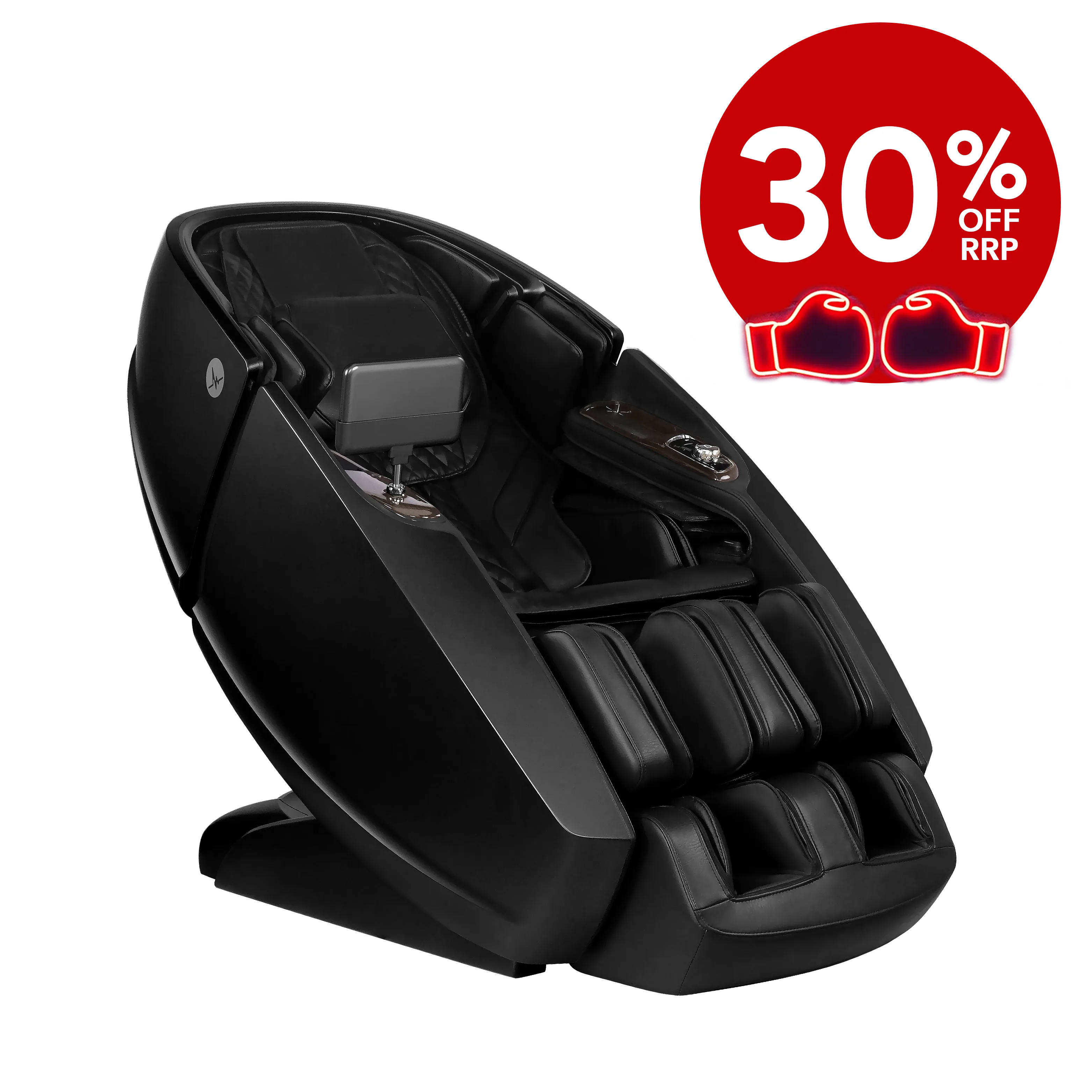
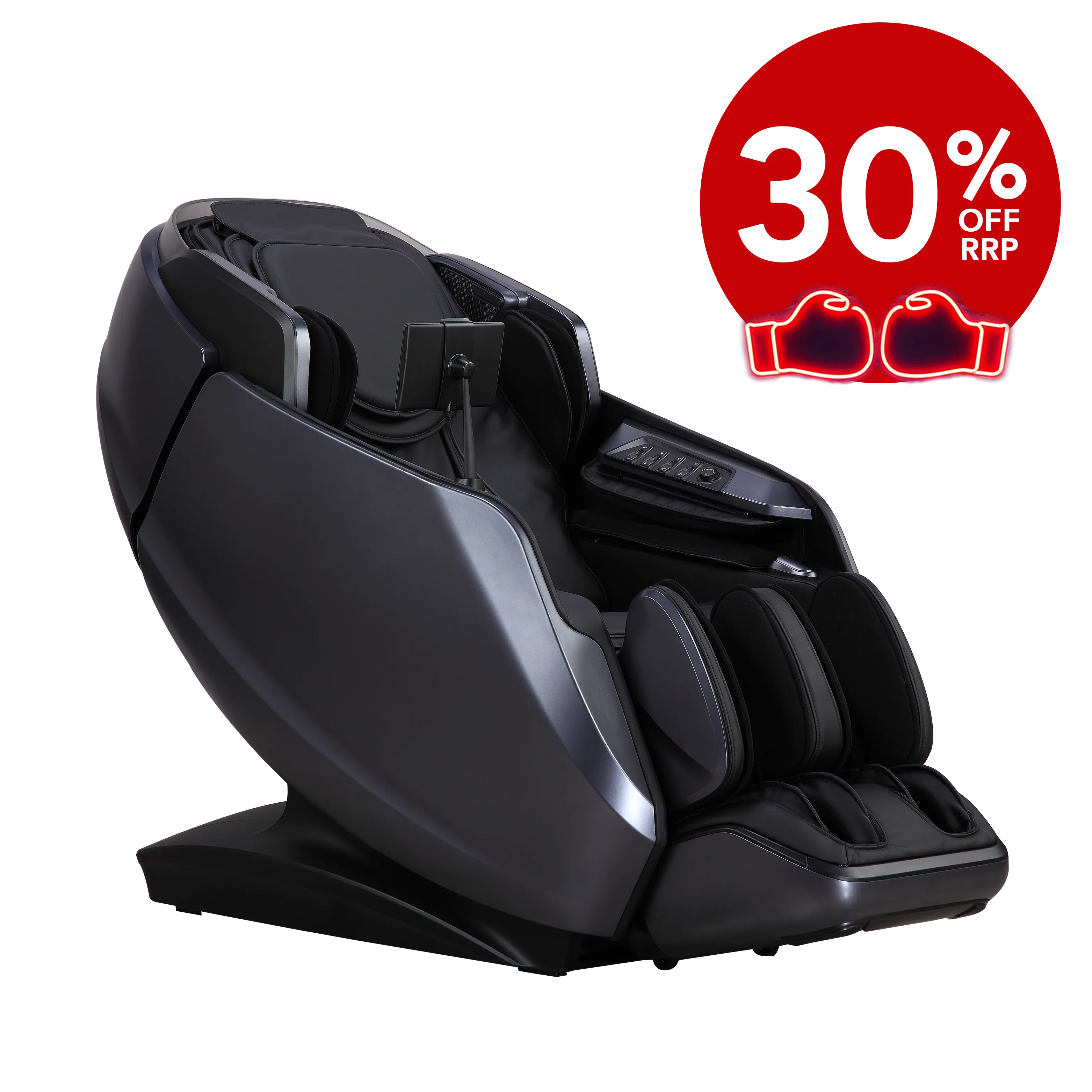
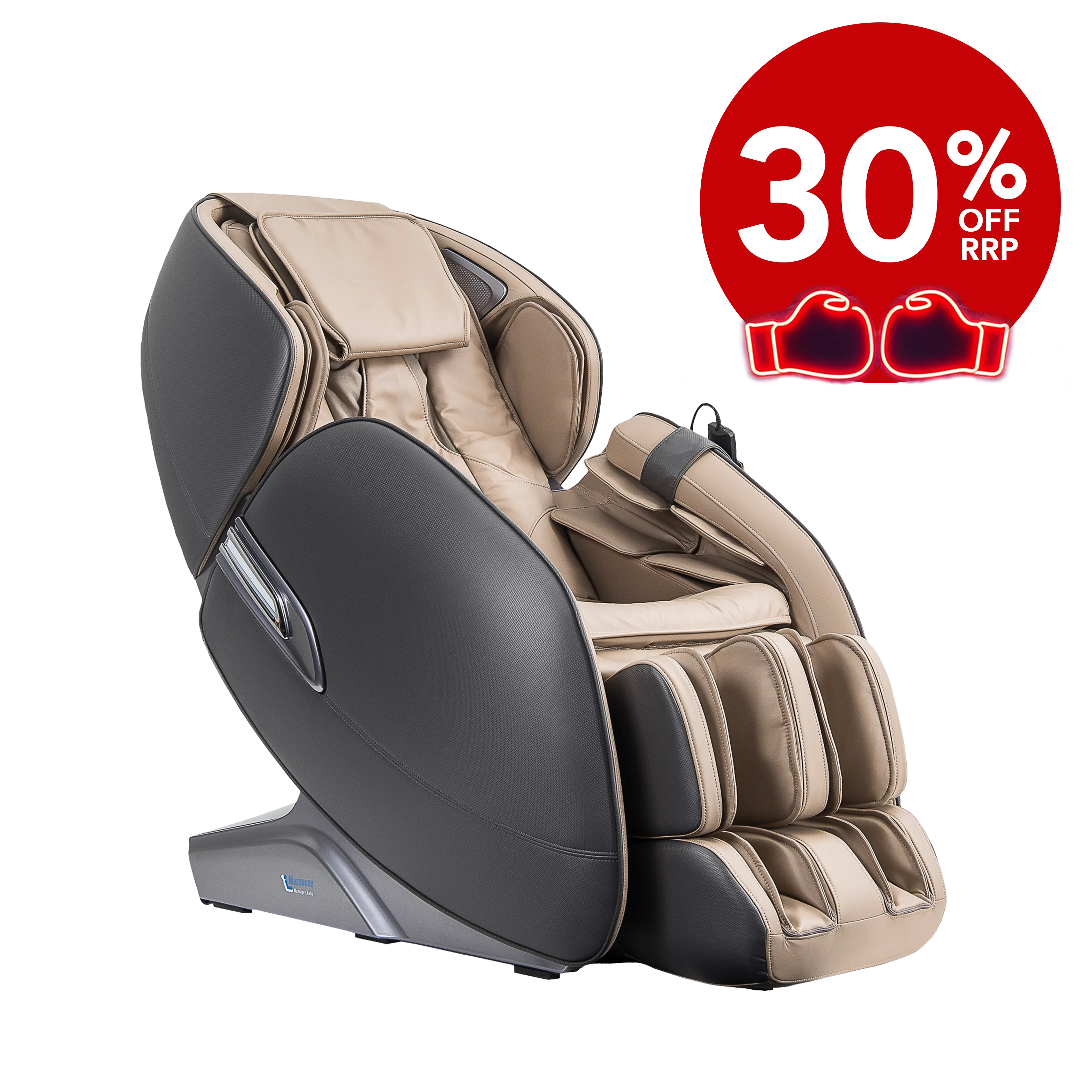

)





